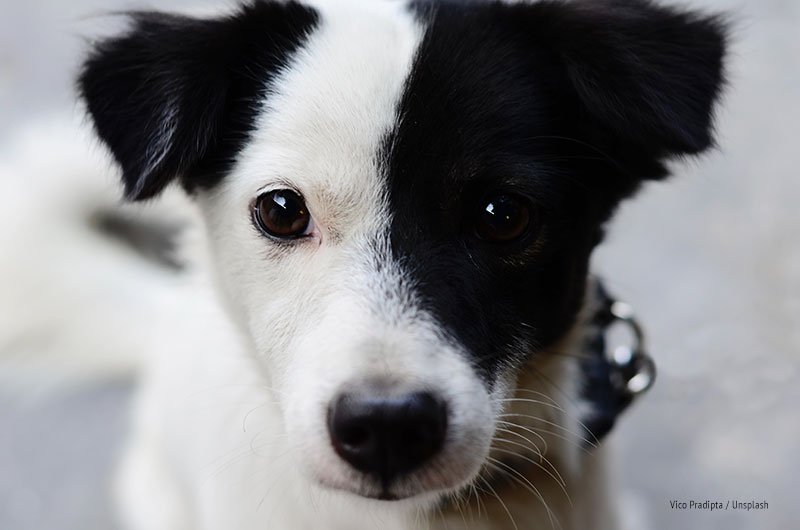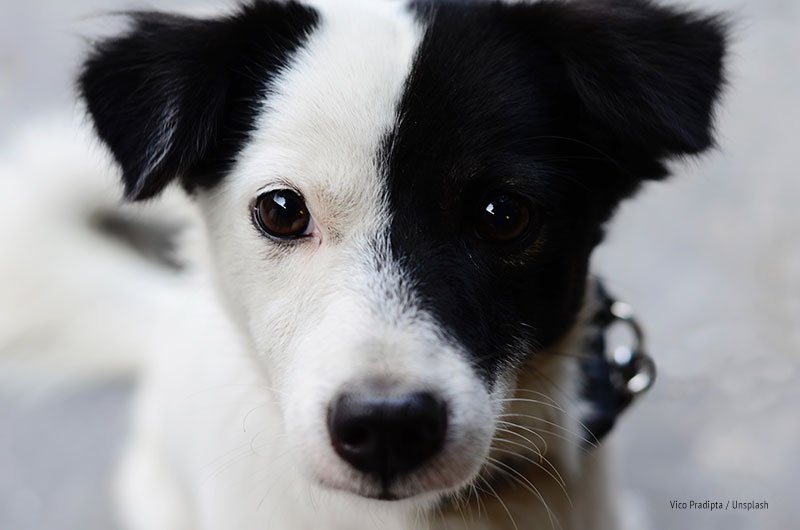

I don’t claim to be psychic, but I have a feeling that Puppy Socialization: What It Is and How to Do It by Marge Rogers, CPDT-KA, CBCC-KA, CCUI, and Eileen Anderson, MM, MS, is going to be read and recommended by heaps of dog professionals and dog lovers who will be eager to spread the word.
The authors had me at “Remember: It’s a human tendency to want to show the world your puppy, but that is not the same as showing your puppy the world! Resist the temptation to let your puppy become a magnet for human attention. The last thing you want to do is let him get overwhelmed and frightened.”
The book—an e-book available on multiple platforms—delivers equally useful information and ideas throughout, and both novice and pro puppy-raisers will benefit from its guidance and advice. It teaches people all they need to know about socializing puppies so they develop into the very best possible versions of their doggy selves. And, with 120 photos and video links, this book is not only practical and helpful, it’s fun to read.
Socialization as a concept is often misunderstood, and that confusion gets in the way of starting our puppies off right. After reading this book, people will understand what socialization is (and what it is not) and will learn how to properly socialize their puppy.
GET THE BARK NEWSLETTER IN YOUR INBOX!
Sign up and get the answers to your questions.
Rogers and Anderson do their readers a great service by showing them—via the photos and videos—how to socialize dogs. It’s far easier to learn the correct way to get puppies off on the right paw by seeing it and reading about it. The videos, most of which are from actual training sessions with puppies and their owners, are practical and useful in a way that new puppy owners crave.
The reason socialization is so important is easier to understand when you consider what happens to puppies who are not socialized. As Anderson writes, “I had my own feral puppy who had been born in the woods and was not exposed to people in any positive way. I got in during the very end of her sensitive period for socialization, but nobody else did. We have been playing catch-up ever since. …Her ingrained response to people other than me is complete and persistent fear.”
Anderson’s the first to acknowledge that her dog represents an extreme version of what can happen when a dog isn’t socialized. It’s likely that a combination of genetics along with limited early experience made life especially challenging for this particular dog. But it’s hard to avoid the thought that in someone else’s hands, her dog’s life would’ve likely ended badly … and quickly.
Puppy Socialization includes a clear explanation of the magical time—known as the sensitive period for socialization—during which puppies are primed to learn about new things. This only lasts for a short period during their first few months of life, so it’s important to maximize that opportunity. It will save yourself and your puppy trouble, or even heartache, later.
This new treasure of a book also covers canine body language so readers can learn how to tell if their puppy is relaxed or tense, happy or nervous, fearful or comfortable. That knowledge is essential when socializing a puppy, but few books cover it in the context of puppies.
Actually, that chapter on canine body language is relevant to all owners, regardless of the age of their dog. For example, most people don’t know that a dog who yawns may be displaying symptoms of fear and anxiety. Or that when a dog shows his belly, he isn’t always asking for a belly rub. Understanding canine body language improves the bond between dogs and the people who love them.
When asked why they included so much information about reading canine visual signals, Anderson replied, “To us, that’s the missing piece, because so many people don’t know how to read the medium subtle or very subtle signs of how their dog is feeling. If you can’t tell [that] your puppy is scared, you’re in trouble. You risk scaring him rather than teaching him that the world is a wonderful and fun place for puppies.”
The authors also counteract all the bad puppy-socialization advice out there with plenty of fact-based information. Myth-busting is a great service, and the authors do it well, helping readers (and their dogs) avoid suffering from the consequences of harmful myths and untruths. In fact, according to Rogers, that bad advice was the inspiration for writing this book in the first place.
“We each have different recollections about who first said the word ‘book,’ but we wrote it because of our heartbreak at seeing that people were following traditional advice and it was making their puppies worse.” One example of the traditional advice Rogers is referring to is the suggestion to take your puppy with you everywhere and expose her to everything. It’s one of the myths about socialization that is counterproductive to its proper execution.
A truly modern book with the most-up-to-date information on the topic, this book offers strategies for safely socializing puppies during the Covid-19 pandemic as well as during more normal times. Pandemic puppies have had the benefit of copious amounts of time with their families, but public-health protocols have limited their socialization opportunities to various degrees.
Lots of behavioral issues will be avoided if people follow the socialization advice in this book. Many of the dogs I see in my private practice as a canine behaviorist and dog trainer could have been spared the challenges they face in life had they been properly socialized. I’m hopeful that this book will be widely read, and its advice followed. It’s the perfect resource for everyone who has anything to do with raising well-adjusted, happy puppies, and its publication is good news all around.